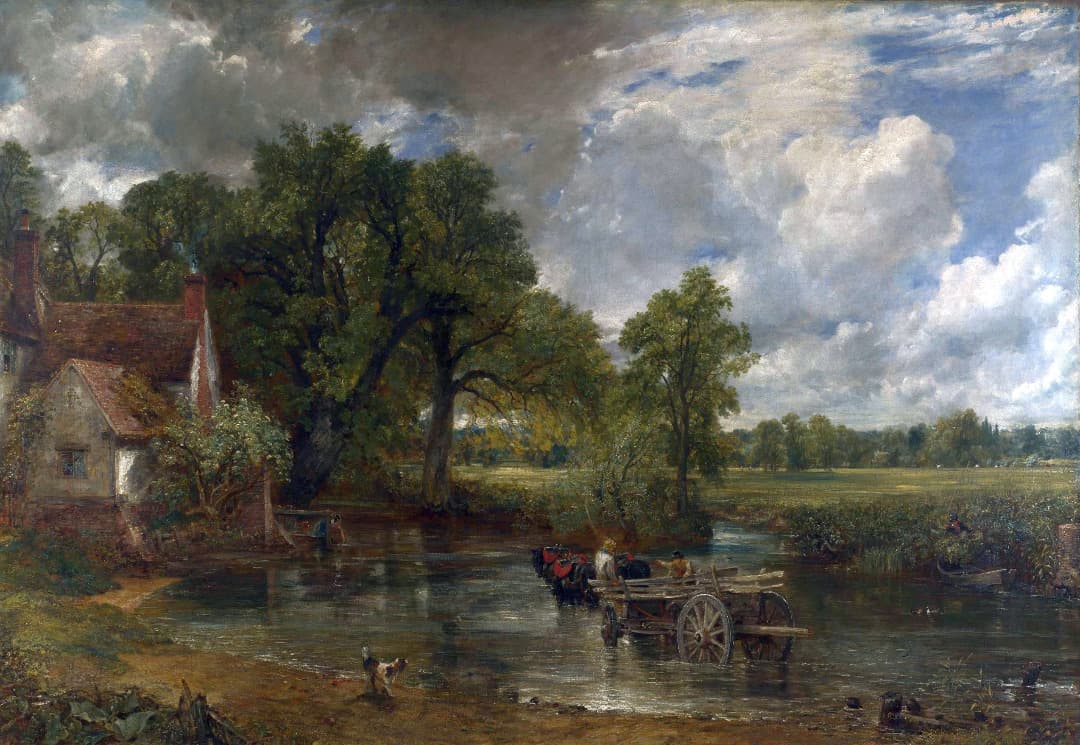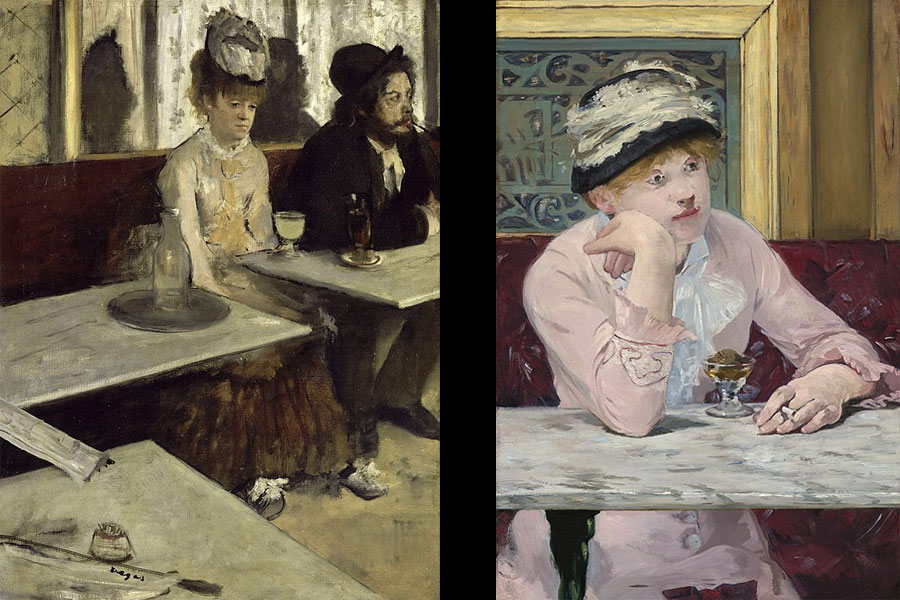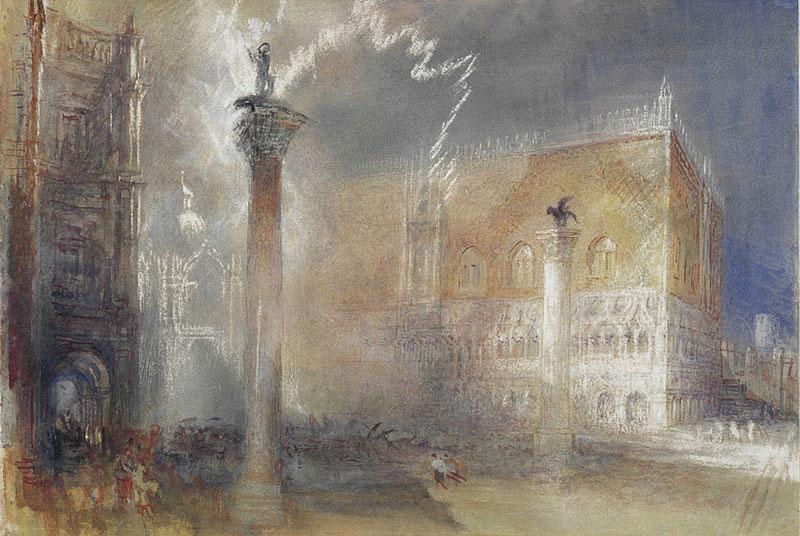National Gallery’s treasures to tour the UK during the Gallery’s Bicentenary year

In 2024, 12 museums and galleries, in each nation of the UK and each region of England, will receive a treasured painting from the National Gallery’s collection, and will be programming exhibitions, events, and working with their local communities to celebrate and learn about their painting.
Source: National Gallery · Image: John Constable “The Hay Wain” (1821)
The Laing Art Gallery in Newcastle will be mounting a major exhibition with Turner’s “The Fighting Temeraire” (1839) as the centrepiece, exploring themes of industry and nostalgia, with education and outreach workshops contributing to an intergenerational project thinking about memory and heritage. Monet’s “The Water Lily Pond” (1899) has inspired an exhibition at York Art Gallery, which will bring together key loans alongside collection works, and a large-scale commission by contemporary artist Michaela Yearwood-Dan. Renoir’s “Umbrellas” (about 1881-6) at Leicester Museum and Gallery will be the centrepiece of an in-focus gallery alongside a digital installation using sound and animation to bring the artwork to life.
The Fitzwilliam Museum in Cambridge will display Botticelli’s “Venus and Mars” (about 1485) in their Octagon Gallery, alongside three major Italian Renaissance works in different media, asking questions about nudity and clothing, setting and viewership, sex and gender. “What will you be like when you’re 34?” Brighton Museum and Art Gallery uses Rembrandt’s “Self Portrait” (1640) from that age to spark a Photography Club project and eventual display, asking that question of 13–16-year-olds in the local area.
The Wilton Diptych (about 1395-9)’s temporary home in the Ashmolean Museum, Oxford, will be in the England gallery, alongside the museum’s Cloth of Gold, the funeral pall of Henry VII. Ikon Gallery in Birmingham have commissioned Dublin-based contemporary artist Jesse Jones to make new work in response to Artemisia Gentileschi’s “Self Portrait as Saint Catherine of Alexandria” (about 1615-17). Constable’s “The Hay Wain” (1821) will be the focus of an exhibition of landscapes from 17th-century Dutch to abstraction and conceptual art at Bristol Museum and Art Gallery.
Some of the National Gallery’s collection has travelled to Aberystwyth before, and the National Library of Wales will foreground this connection. “Canaletto & Cymru”, featuring “The Stonemason’s Yard” (about 1725), embodies two themes: Wales as a safe haven during the Second World War (using archive footage of the slate mines of Manod, where National Gallery paintings were housed during the war); and the artistic and thematic links between the painting and the topography of Wales, industry and Welsh life. The Walker Art Gallery in Liverpool will be displaying “The Rokeby Venus” (1647-51) and challenging traditional readings of the painting by setting it alongside unexpected artworks by women and nonbinary artists from the Walker’s collection.
Natural light will bring out the intensity and intimacy of Caravaggio’s “The Supper at Emmaus” at Ulster Museum, while adjacent galleries will show 20th-century and contemporary art from their collection, including time-based media by Cornelia Parker and Willie Doherty, and sculpture by Dorothy Cross. Vermeer’s “A Young Woman Standing at a Virginal” (about 1670-72) will be on display at the National in Edinburgh, amongst the National Galleries of Scotland’s superb collection of Dutch and Flemish paintings.
Follow us on:


